plastic mold
plastic mold
What is an injection mold?
An injection mold is a tool used in the manufacturing process to create plastic parts by injecting molten plastic into a mold cavity. The injection molding process is used to produce a wide variety of parts, from small components like AAA battery boxes to large components like truck body panels.
What materials are needed for injection mold production
plastic mold production requires a variety of materials, including steel, aluminum, and plastic. Steel is used to create the mold itself, while aluminum is used for the injection molding process. Plastic is used to create the parts that will be produced by the injection mold. Other materials may be needed depending on the specific application.
Which type of injection mold is the most popular
The most popular type of injection mold is the two-plate mold. This type of mold is the most common and is used for a wide variety of applications. It consists of two separate halves that are clamped together to form the mold cavity. The two-plate mold is relatively easy to use and is cost-effective, making it the most popular type of injection mold.China mold manufacturer
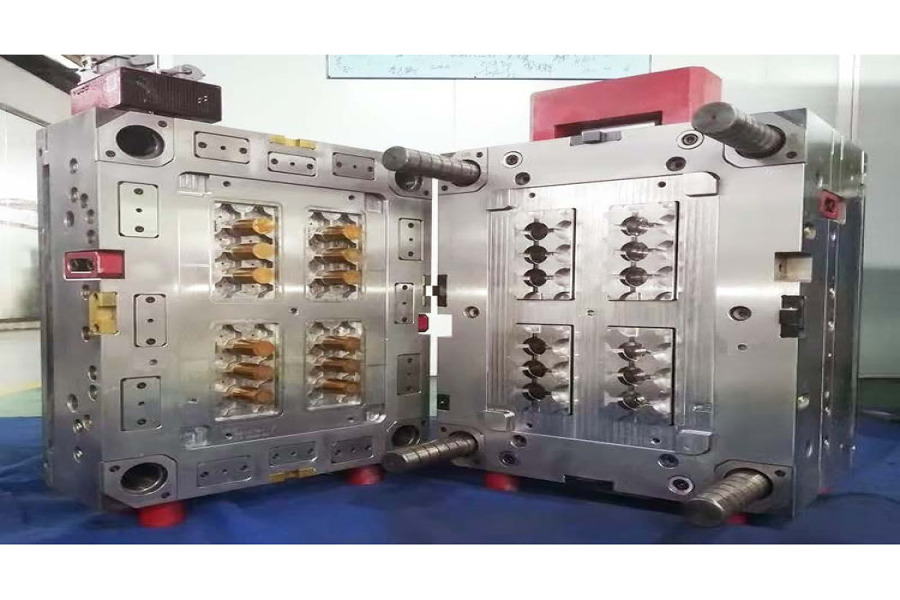 The help of injection mold to human beings
The help of injection mold to human beings
Injection molding is a manufacturing process used to produce parts from both thermoplastic and thermosetting plastic materials. It is a fast and cost-effective way to mass-produce plastic parts in large volumes. Injection molding is used to create a variety of parts, from small components like AAA battery boxes to large components like truck body panels. Injection molding is an essential part of the manufacturing process for many industries, including automotive, medical, consumer goods, and more. Injection molding has revolutionized the way products are made, allowing for faster production times, improved product quality, and lower costs. Injection molding has also enabled the production of complex parts that would otherwise be impossible to make.
Overview of the historical development of injection molds
Injection molds have been used since the mid-1800s to mass-produce parts for a variety of industries. The earliest injection molds were made of brass and were used to produce buttons and other small items. In the early 1900s, injection molds were made of steel and used to produce larger items such as toys and household items.
In the 1950s, injection molds began to be made of aluminum and plastic, allowing for the production of more complex parts. In the 1960s, the first computer-controlled injection molds were developed, allowing for more precise and efficient production.
In the 1970s, injection molds began to be made of more advanced materials such as polycarbonate and nylon, allowing for the production of even more complex parts. In the 1980s, the first injection molds made of ceramic were developed, allowing for the production of parts with even greater precision and detail.
Today, injection molds are made of a variety of materials and are used to produce parts for a wide range of industries. Injection molds are also used to produce parts for medical devices, automotive components, and consumer electronics.
Where are injection molds concentrated in China?
Injection molds are concentrated in the manufacturing hubs of China, such as the Pearl River Delta, Yangtze River Delta, and Bohai Economic Rim. These regions are home to many of the world’s leading injection molding companies, such as Foxconn, BYD, and Huawei.
Share several influential international exhibitions of injection mold
1. Chinaplas: Chinaplas is the largest international plastics and rubber trade fair in Asia and the second largest in the world. It is held annually in Guangzhou, China and showcases the latest developments in injection molding, extrusion, blow molding, and other plastic and rubber processing technologies.
2. K Show: K Show is the world’s largest trade fair for plastics and rubber. It is held every three years in Dusseldorf, Germany and showcases the latest developments in injection molding, extrusion, blow molding, and other plastic and rubber processing technologies.
3. NPE: NPE is the largest plastics trade show in the United States. It is held every three years in Orlando, Florida and showcases the latest developments in injection molding, extrusion, blow molding, and other plastic and rubber processing technologies.
4. Interplas: Interplas is the largest plastics trade show in the United Kingdom. It is held annually in Birmingham, England and showcases the latest developments in injection molding, extrusion, blow molding, and other plastic and rubber processing technologies.
5. Plastec West: Plastec West is the largest plastics trade show in the United States. It is held annually in Anaheim, California and showcases the latest developments in injection molding, extrusion, blow molding, and other plastic and rubber processing technologies.
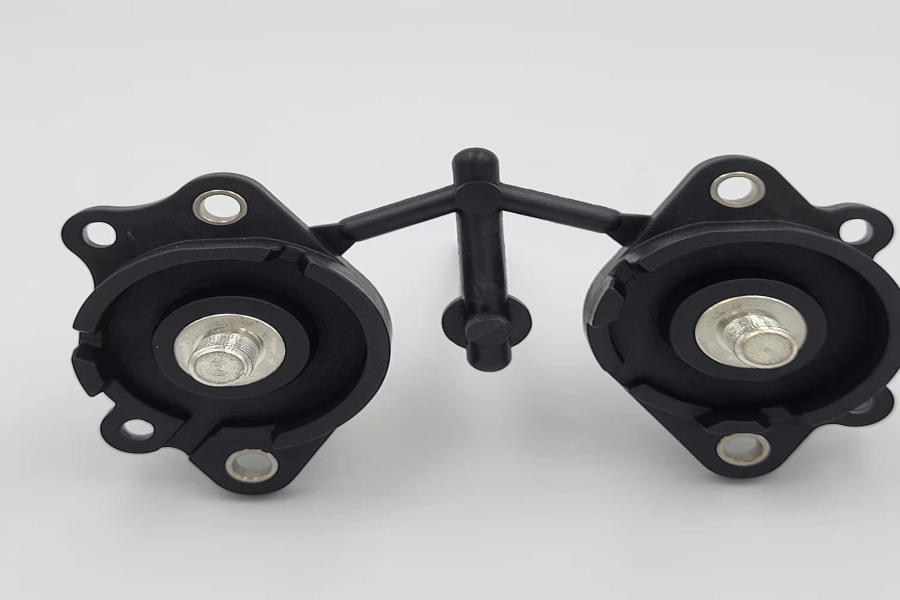
How to choose a good quality injection mold factory for purchasing?
1. Check the injection mold factory's reputation: Check the injection mold factory's reputation by searching online for reviews and customer feedback.
2. Ask for references: Ask the injection mold factory for references from previous customers.
3. Check the injection mold factory's experience: Check the injection mold factory's experience in the industry and the types of molds they have produced in the past.
4. Ask for a quote: Ask the injection mold factory for a quote and compare it to other quotes you have received.
5. Check the injection mold factory's quality control: Ask the injection mold factory about their quality control processes and procedures.
6. Ask for a sample: Ask the injection mold factory for a sample of their work to evaluate the quality of their work.
7. Visit the injection mold factory: Visit the injection mold factory to get a better understanding of their capabilities and processes.
Detailed analysis of the operation of injection mold factory
1. Production Planning: The production planning of an injection mold factory involves the determination of the production process, the selection of the production equipment, the determination of the production capacity, the determination of the production schedule, the determination of the production cost, and the determination of the production quality.
2. Production Process: The production process of an injection mold factory involves the selection of the raw materials, the preparation of the molds, the injection of the molten plastic, the cooling of the molds, the removal of the finished parts, and the packaging of the parts.
3. Production Equipment: The production equipment of an injection mold factory includes injection molding machines, cooling systems, and other auxiliary equipment.
4. Production Capacity: The production capacity of an injection mold factory is determined by the number of molds that can be produced in a given period of time.
5. Production Schedule: The production schedule of an injection mold factory is determined by the production capacity and the demand for the parts.
6. Production Cost: The production cost of an injection mold factory is determined by the cost of the raw materials, the cost of the molds, the cost of the injection molding machines, and the cost of the other auxiliary equipment.
7. Production Quality: The production quality of an injection mold factory is determined by the quality of the raw materials, the quality of the molds, the quality of the injection molding machines, and the quality of the other auxiliary equipment.
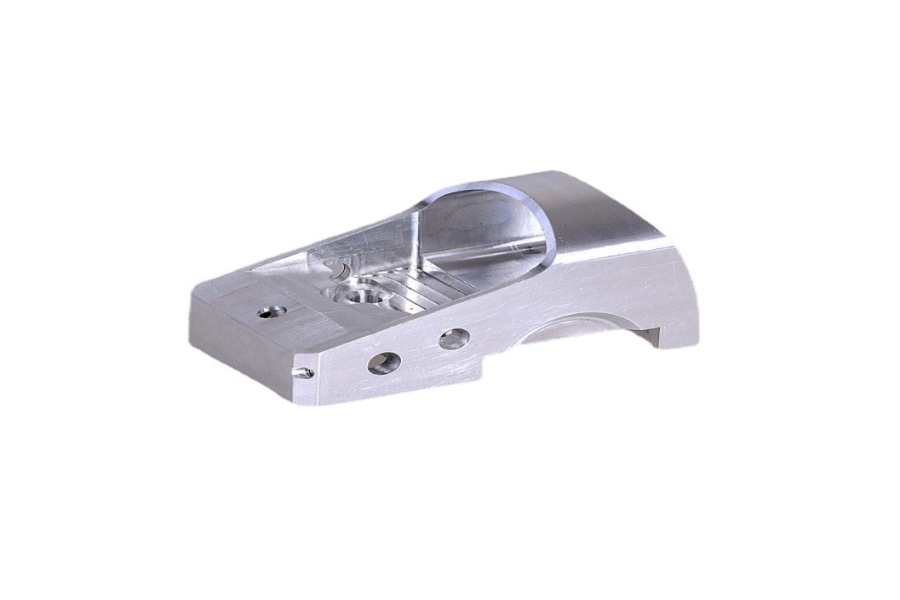
In which city was the earliest injection mold factory in China established?
The earliest injection mold factory in China was established in Shenzhen in 1984.
Comparison of daily production capacity of the earliest injection mold factory and modern injection mold production technology
The earliest injection mold factories had a daily production capacity of around 10-20 parts per day. Modern injection mold production technology has a much higher production capacity, with some factories capable of producing up to 500,000 parts per day. This is due to advances in automation, computer-aided design, and the use of more efficient materials and processes.
Development Status of Injection Mold Manufacturing Industry
The injection mold manufacturing industry is a mature and well-established industry. It has been around for decades and is a major contributor to the global economy. The industry is highly competitive and has seen significant technological advancements over the years. Injection molding is used to produce a wide variety of products, from medical devices to automotive parts. The industry is expected to continue to grow in the coming years, as new technologies and materials are developed.
What impact does the injection mold manufacturing industry have on society?
The injection mold manufacturing industry has a significant impact on society. It is responsible for the production of a wide range of products, from medical devices to consumer electronics. Injection molding is a cost-effective and efficient way to produce high-quality parts in large quantities. This has enabled companies to produce products at a lower cost, making them more accessible to consumers. In addition, injection molding has enabled companies to produce products with complex shapes and intricate details that would otherwise be difficult or impossible to produce. This has allowed for the development of innovative products that have improved the quality of life for many people.
Injection mold manufacturers need to do the following in quality control
1. Establish Quality Control Standards: Establishing quality control standards is the first step in any quality control process. This includes setting up criteria for acceptable parts, materials, and processes.
2. Monitor Production Processes: Quality control requires monitoring production processes to ensure that they are being followed correctly. This includes inspecting raw materials, inspecting parts during production, and testing finished products.
3. Document Quality Control Results: Quality control results should be documented and tracked to ensure that any issues are addressed quickly and effectively.
4. Investigate Quality Issues: Quality issues should be investigated to determine the root cause and corrective action should be taken to prevent similar issues in the future.
5. Implement Continuous Improvement: Quality control should be an ongoing process that is constantly monitored and improved. This includes implementing new processes and technologies to improve quality and reduce costs.
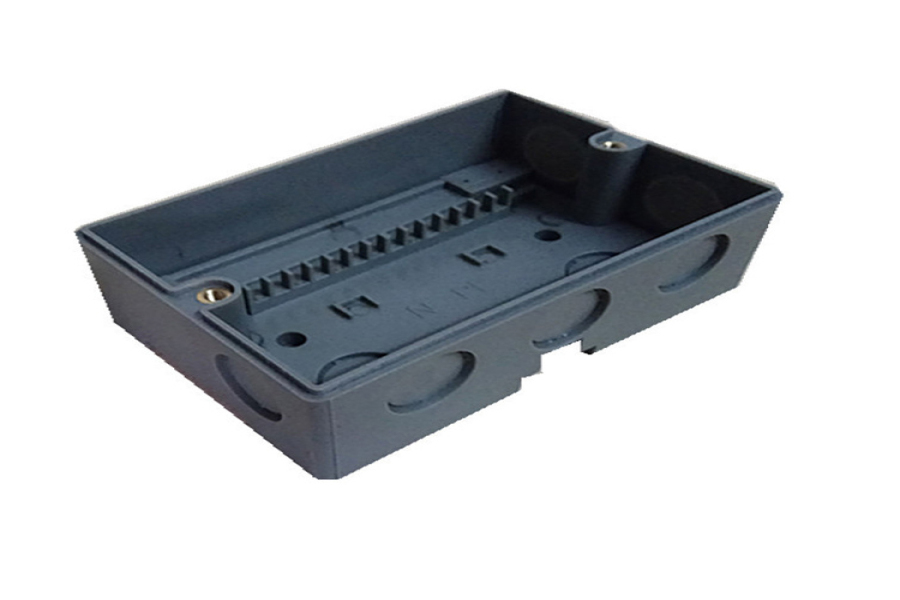
A reference plan for injection mold manufacturers to improve the production level of the manufacturing industry
1. Invest in advanced technology: Invest in the latest technology and equipment to improve production efficiency and reduce costs.
2. Improve quality control: Implement a quality control system to ensure that all products meet the highest standards.
3. Increase automation: Automate processes to reduce labor costs and improve production speed.
4. Improve communication: Establish effective communication between all departments to ensure that everyone is on the same page.
5. Invest in training: Invest in training for employees to ensure that they are up to date with the latest technology and processes.
6. Implement lean manufacturing: Implement lean manufacturing principles to reduce waste and improve efficiency.
7. Invest in research and development: Invest in research and development to stay ahead of the competition and develop new products.
8. Improve customer service: Improve customer service to ensure that customers are satisfied with the products and services.
9. Invest in marketing: Invest in marketing to increase brand awareness and attract new customers.
10. Monitor performance: Monitor performance to identify areas of improvement and ensure that goals are being met.
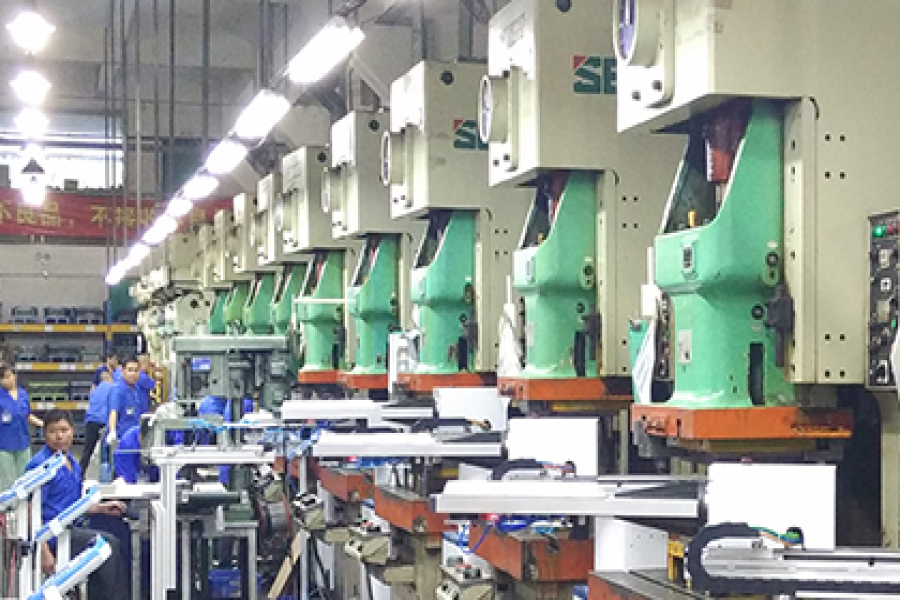
How do injection mold manufacturers improve their brand image
1. Develop a strong online presence: Injection mold manufacturers should create a website and social media accounts to showcase their products and services. They should also use SEO and other digital marketing strategies to increase their visibility online.
2. Focus on customer service: Injection mold manufacturers should strive to provide excellent customer service. This includes responding quickly to customer inquiries, providing helpful advice, and offering competitive prices.
3. Invest in quality control: Quality control is essential for injection mold manufacturers. They should invest in the latest technology and processes to ensure that their products meet the highest standards.
4. Participate in industry events: Injection mold manufacturers should attend industry events to network with potential customers and stay up-to-date on the latest trends and technologies.
5. Offer training and support: Injection mold manufacturers should offer training and support to their customers. This can include providing tutorials, webinars, and other resources to help customers get the most out of their products.
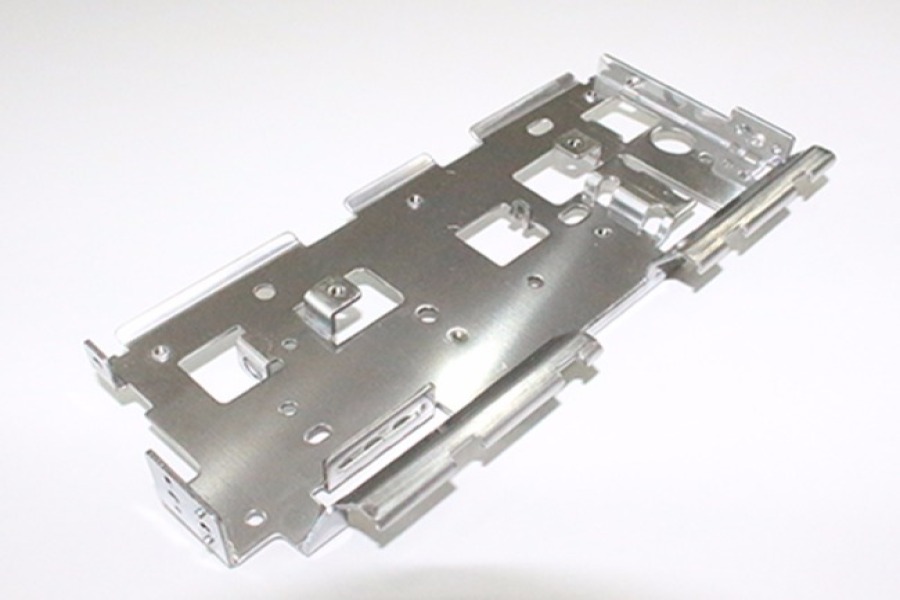
5 Suggestions for Injection Mold Manufacturers to Improve Production Process
1. Invest in Automation: Automation can help injection mold manufacturers reduce costs, improve efficiency, and increase production. Automation can also help reduce the risk of human error and improve product quality.
2. Invest in Quality Control: Quality control is essential for injection mold manufacturers. Investing in quality control measures such as inspections, testing, and certifications can help ensure that products meet customer requirements.
3. Improve Design Process: Improving the design process can help injection mold manufacturers reduce costs and improve efficiency. Investing in CAD/CAM software and 3D printing can help streamline the design process and reduce the time it takes to create a mold.
4. Invest in Training: Investing in training for employees can help injection mold manufacturers stay up to date on the latest technologies and processes. Training can also help employees become more efficient and productive.
5. Invest in Maintenance: Regular maintenance is essential for injection mold manufacturers. Investing in regular maintenance can help reduce downtime and improve the life of the molds.
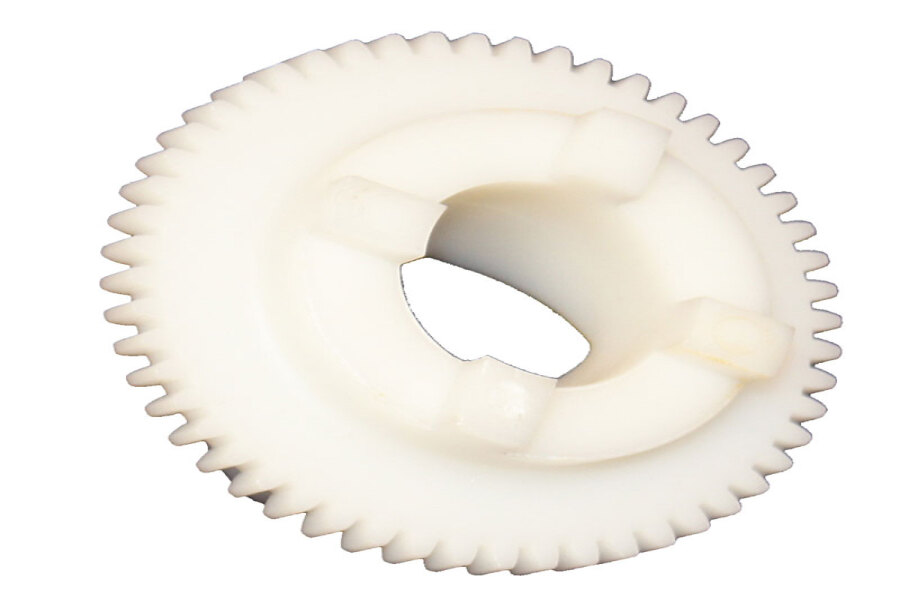
The marketing ability of injection mold manufacturers depends on these 5 points
1. Quality: Quality is the most important factor in determining the success of an injection mold manufacturer. Quality products will attract more customers and help to build a good reputation.
2. Price: Price is also an important factor in the success of an injection mold manufacturer. Customers will be more likely to purchase from a manufacturer that offers competitive prices.
3. Service: Good customer service is essential for any injection mold manufacturer. Customers should be able to get their questions answered quickly and easily.
4. Technology: Injection mold manufacturers should be up-to-date on the latest technology and trends in the industry. This will help them stay ahead of the competition and provide better products and services.
5. Marketing: A good marketing strategy is essential for any injection mold manufacturer. This includes advertising, promotions, and other marketing activities that will help to increase brand awareness and attract more customers.
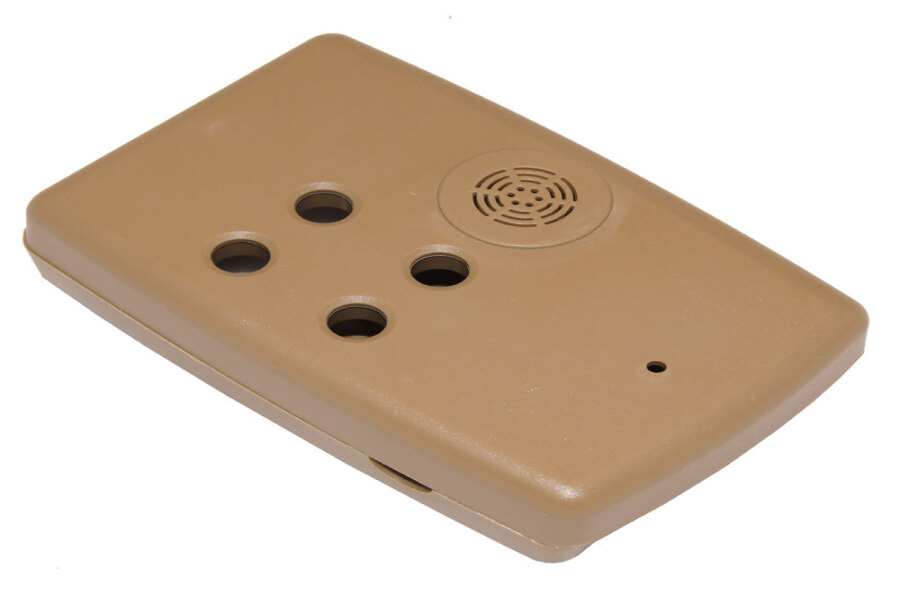
Modern management mode of injection mold manufacturers
1. Strengthen the management of injection mold manufacturers: In order to ensure the quality of injection mold products, injection mold manufacturers should strengthen the management of the whole process, from the selection of raw materials to the delivery of finished products, and establish a complete quality management system.
2. Improve the production process: Injection mold manufacturers should improve the production process, optimize the production process, and reduce the production cost.
3. Strengthen the training of employees: Injection mold manufacturers should strengthen the training of employees, improve the professional skills of employees, and ensure the quality of injection mold products.
4. Improve the quality of injection mold products: Injection mold manufacturers should improve the quality of injection mold products, and ensure the quality of injection mold products.
5. Strengthen the after-sales service: Injection mold manufacturers should strengthen the after-sales service, and provide customers with timely and effective after-sales service.
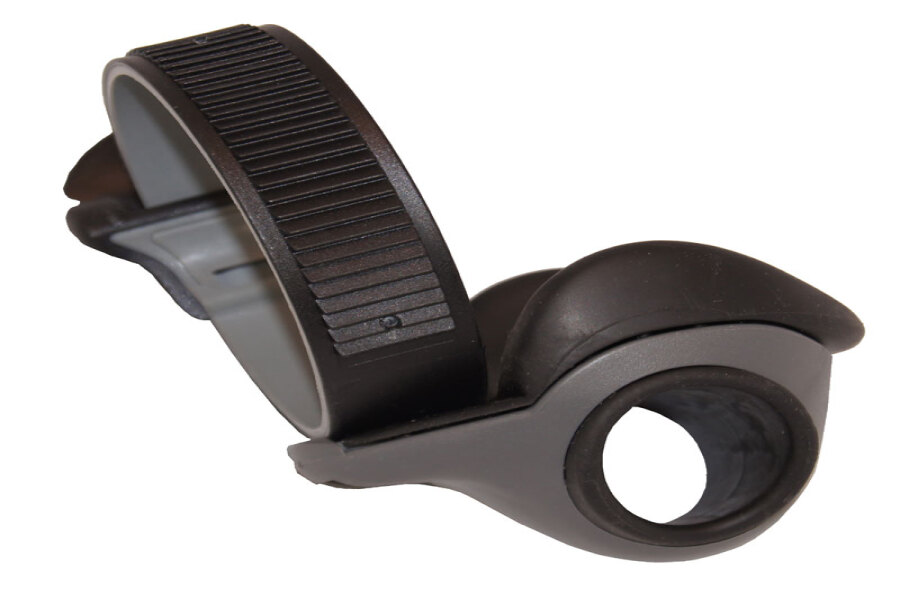
Difficulties encountered by injection mold manufacturers in implementing management innovation
1. Lack of resources: Many injection mold manufacturers lack the resources to invest in management innovation. This includes financial resources, personnel resources, and technological resources.
2. Resistance to change: Many injection mold manufacturers are resistant to change, which can make it difficult to implement management innovation.
3. Lack of knowledge: Many injection mold manufacturers lack the knowledge and expertise to implement management innovation.
4. Lack of support: Many injection mold manufacturers lack the support from their customers and suppliers to implement management innovation.
5. Complexity of the process: The process of implementing management innovation can be complex and time-consuming. This can be a challenge for injection mold manufacturers.
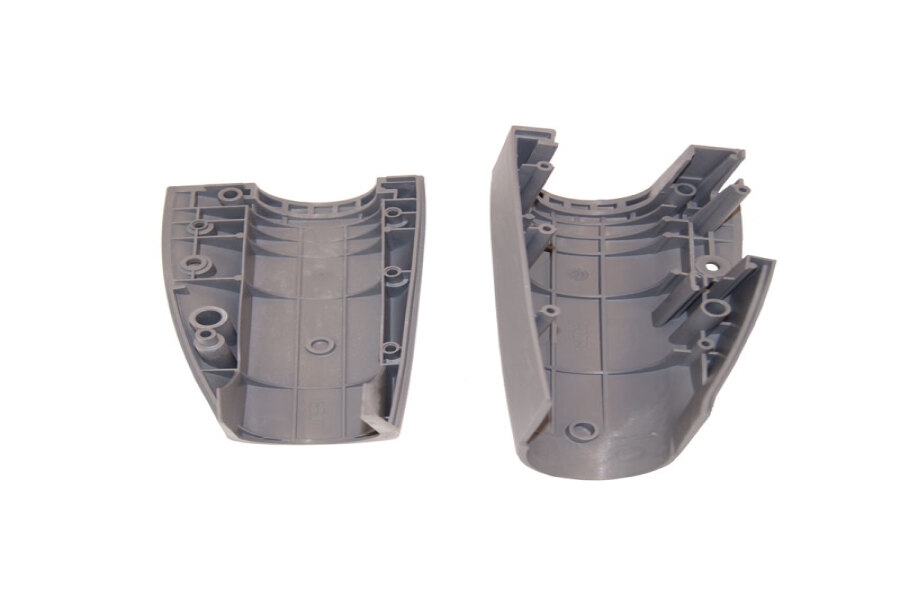
How do injection mold manufacturers improve economic benefits
1. Improve the efficiency of the injection molding process: Injection mold manufacturers can improve the efficiency of the injection molding process by using advanced injection molding machines, optimizing the injection molding process parameters, and using automation technology.
2. Reduce the cost of injection molding materials: Injection mold manufacturers can reduce the cost of injection molding materials by using high-quality raw materials, selecting the most suitable materials for the product, and using recycled materials.
3. Improve the quality of injection molds: Injection mold manufacturers can improve the quality of injection molds by using advanced mold design software, optimizing the mold structure, and using high-precision machining equipment.
4. Reduce the cost of injection mold maintenance: Injection mold manufacturers can reduce the cost of injection mold maintenance by using high-quality mold materials, optimizing the mold structure, and using advanced mold maintenance technology.
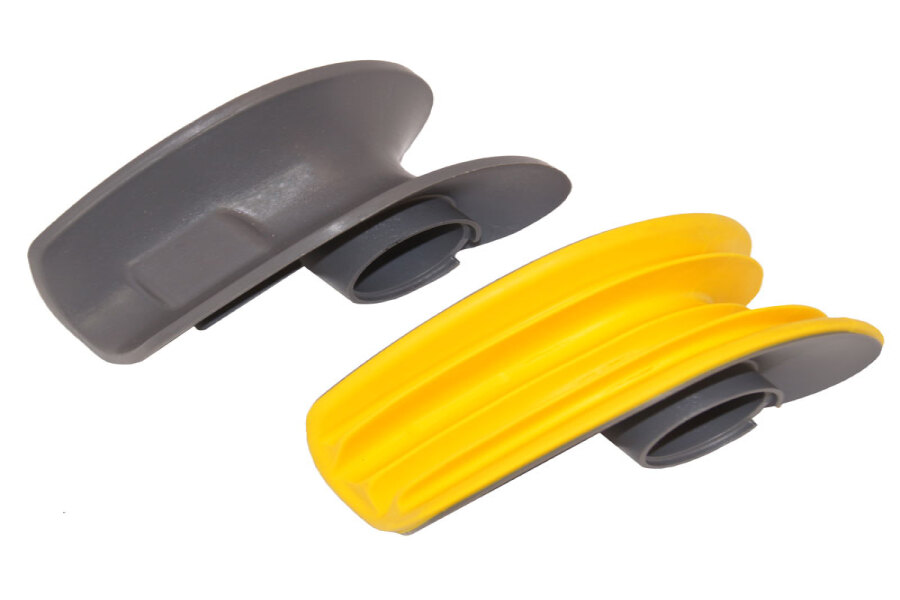
How to strengthen cooperation with foreign companies for injection mold manufacturers
1. Establish a strong relationship: Establishing a strong relationship with foreign companies is essential for injection mold manufacturers. This can be done by attending trade shows, conferences, and other events related to the industry. Additionally, manufacturers should reach out to potential partners through email, phone, and other forms of communication.
2. Develop a clear understanding of the market: Injection mold manufacturers should have a clear understanding of the market they are targeting. This includes researching the competition, understanding the customer base, and learning about the latest trends in the industry.
3. Utilize technology: Technology can be used to streamline communication and collaboration between injection mold manufacturers and foreign companies. This includes using online platforms such as Skype, Zoom, and other video conferencing tools. Additionally, manufacturers should consider using cloud-based software to share documents and other information.
4. Offer competitive pricing: Injection mold manufacturers should offer competitive pricing to foreign companies. This can be done by researching the market and understanding the pricing of competitors. Additionally, manufacturers should consider offering discounts or other incentives to attract foreign companies.
5. Provide quality products: Quality is essential for injection mold manufacturers. This includes ensuring that the products meet the customer’s expectations and are manufactured to the highest standards. Additionally, manufacturers should consider offering warranties and other guarantees to ensure customer satisfaction.
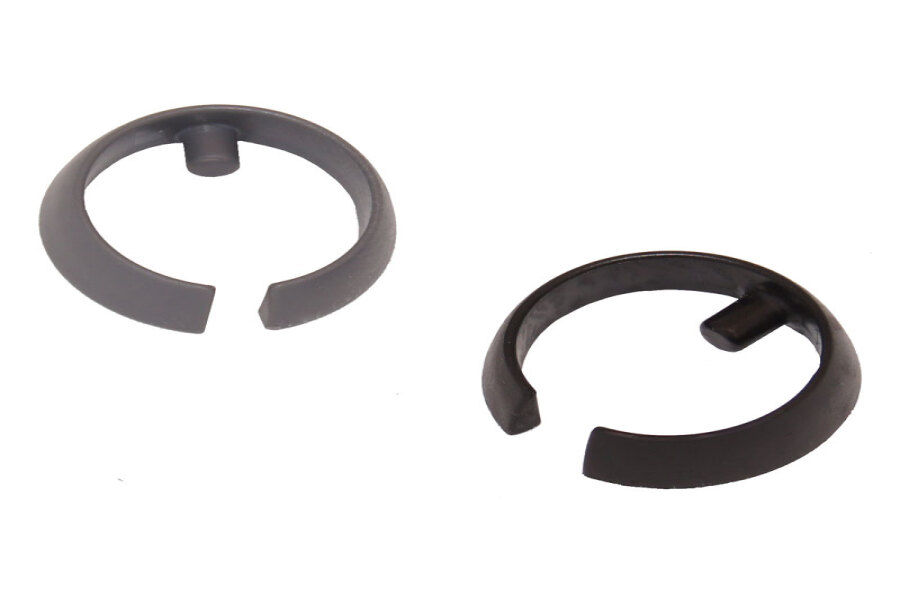
Analysis of the Current Situation of the International Trade Market of Injection Mold Manufacturers
The international trade market of injection mold manufacturers is currently in a state of flux. The global economy has been in a state of recession for the past few years, and this has had a significant impact on the injection mold manufacturing industry. The demand for injection molds has decreased significantly, leading to a decrease in the number of manufacturers and suppliers. Additionally, the cost of raw materials has increased, making it more difficult for manufacturers to remain competitive.
At the same time, the injection mold manufacturing industry is facing increased competition from other countries. China, in particular, has become a major player in the injection mold manufacturing industry, offering lower prices and higher quality products. This has put pressure on other countries to compete, leading to a decrease in the number of suppliers and manufacturers.
Despite these challenges, the injection mold manufacturing industry is still a viable option for businesses looking to produce high-quality products. The industry is still highly competitive, and there are still many opportunities for businesses to succeed. Companies should focus on developing innovative products and services that can help them stand out from the competition. Additionally, businesses should look for ways to reduce costs and increase efficiency in order to remain competitive. Finally, businesses should look for ways to expand their customer base and reach new markets.
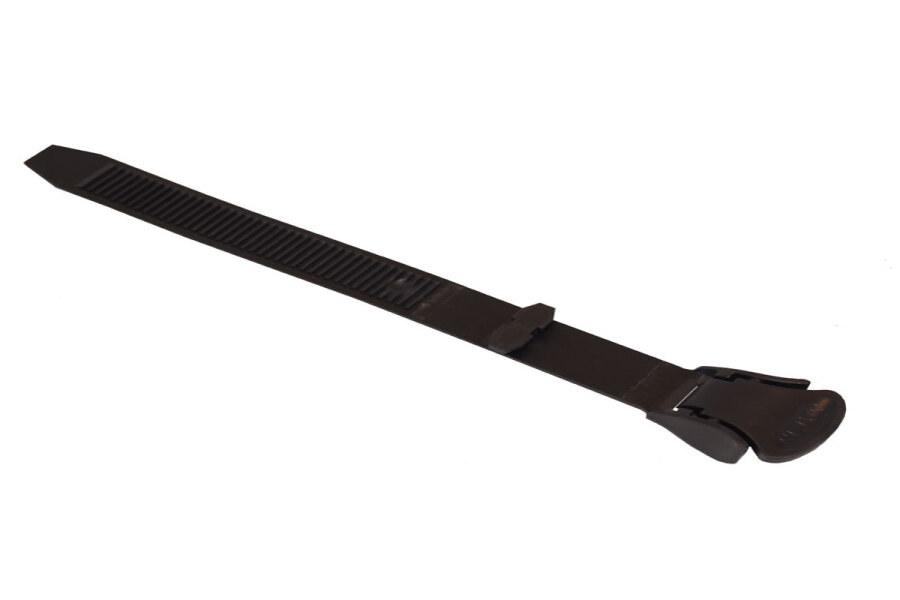
Training skills for foreign trade talents of injection mold manufacturers
1. Negotiation Skills: Negotiation skills are essential for foreign trade personnel. They need to be able to negotiate with customers in a professional manner, understand customer needs, and be able to reach a win-win situation.
2. Communication Skills: Foreign trade personnel need to be able to communicate effectively with customers in different languages. They should be able to understand customer needs and provide solutions.
3. Product Knowledge: Foreign trade personnel should have a good understanding of the injection molding process and the products they are selling. They should be able to answer customer questions and provide technical support.
4. Market Knowledge: Foreign trade personnel should have a good understanding of the market they are selling in. They should be able to identify potential customers and understand their needs.
5. Business Writing Skills: Foreign trade personnel should be able to write professional emails, letters, and other documents. They should be able to communicate effectively with customers and other stakeholders.
6. Problem-Solving Skills: Foreign trade personnel should be able to identify and solve problems quickly and efficiently. They should be able to think on their feet and come up with creative solutions.
7. Time Management Skills: Foreign trade personnel should be able to manage their time effectively. They should be able to prioritize tasks and meet deadlines.
8. Interpersonal Skills: Foreign trade personnel should be able to build relationships with customers and other stakeholders. They should be able to work well in a team and be able to handle difficult situations.
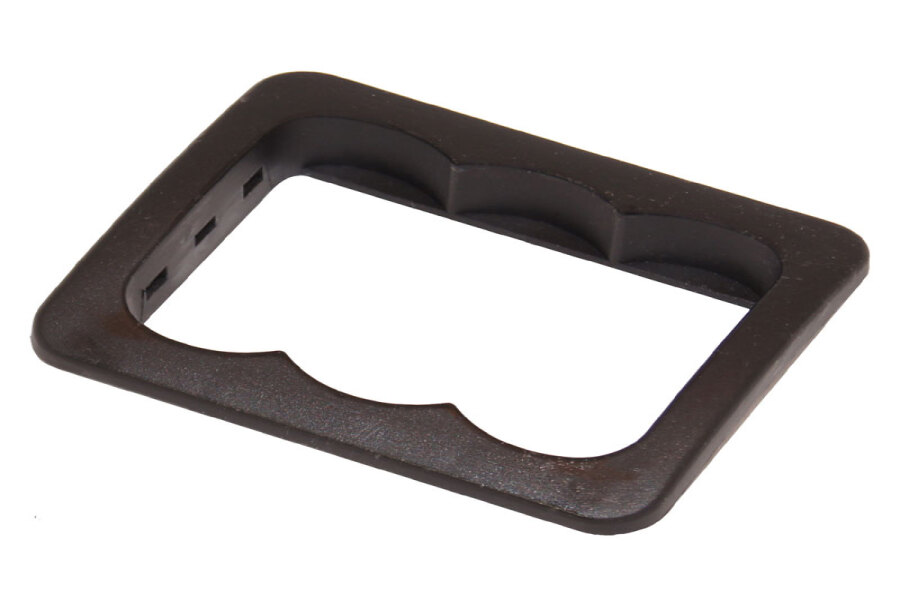
Do the following points for injection mold manufacturers to improve foreign trade performance
1. Develop a comprehensive marketing strategy: Develop a comprehensive marketing strategy that includes both online and offline marketing tactics to reach potential customers in foreign markets.
2. Invest in digital marketing: Invest in digital marketing tactics such as search engine optimization, content marketing, and social media marketing to reach potential customers in foreign markets.
3. Establish relationships with foreign distributors: Establish relationships with foreign distributors who can help promote and distribute your products in foreign markets.
4. Participate in international trade shows: Participate in international trade shows to showcase your products and services to potential customers in foreign markets.
5. Utilize e-commerce platforms: Utilize e-commerce platforms such as Amazon, eBay, and Alibaba to reach potential customers in foreign markets.
6. Offer competitive pricing: Offer competitive pricing to attract potential customers in foreign markets.
7. Provide excellent customer service: Provide excellent customer service to ensure customer satisfaction and loyalty in foreign markets.
8. Develop a localized website: Develop a localized website that is tailored to the language and culture of the target market.
9. Leverage online reviews: Leverage online reviews to build trust and credibility in foreign markets.
10. Invest in quality control: Invest in quality control measures to ensure that your products meet the standards of foreign markets.
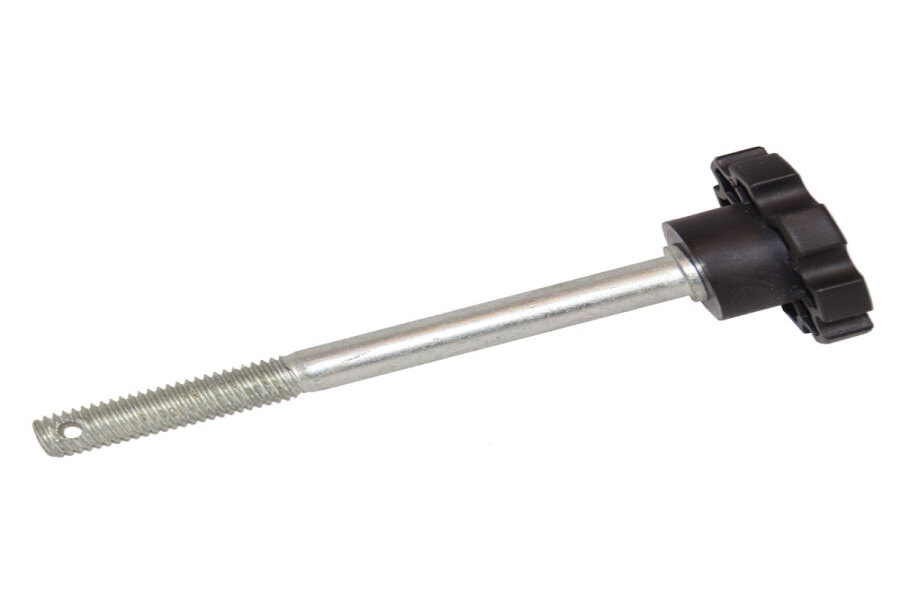
Injection mold manufacturers need to do the following environmental protection measures in the production process
1. Adopt advanced environmental protection technology and equipment, such as using energy-saving and environmentally friendly materials, and using advanced exhaust gas treatment technology.
2. Establish a sound environmental management system and strictly implement it.
3. Strengthen environmental protection education and training for employees.
4. Regularly monitor and inspect the environmental quality of the production process.
5. Establish a sound environmental emergency response system.
6. Strengthen the environmental protection of the surrounding environment.
7. Strengthen the recycling and reuse of resources.
8. Strengthen the environmental protection of the production process.
9. Strengthen the environmental protection of the waste water and waste gas.
10. Strengthen the environmental protection of the noise.
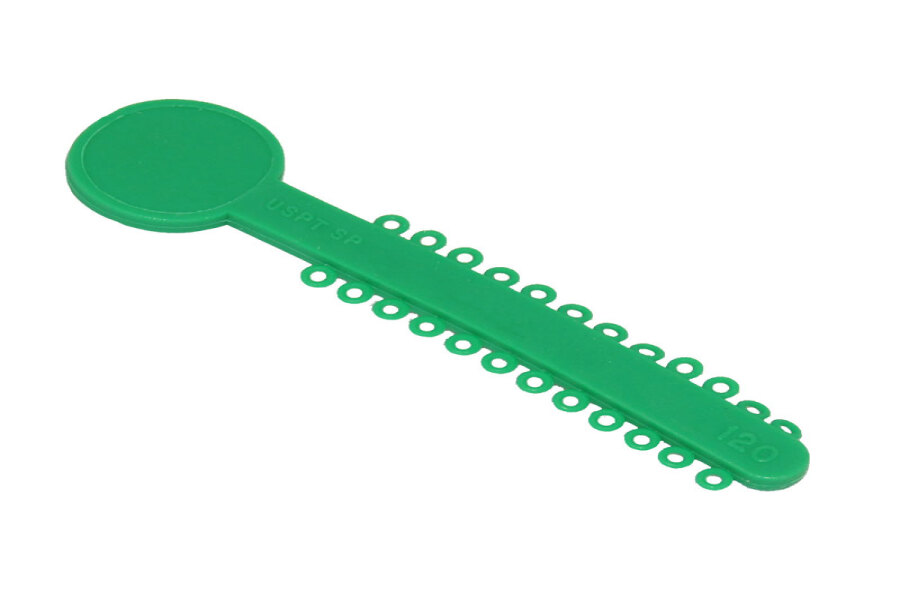 Injection mold manufacturers improve production safety is the foundation
Injection mold manufacturers improve production safety is the foundation
Injection mold manufacturers must ensure the safety of production in order to ensure the quality of the products. The safety of production is the foundation of the production process. In order to ensure the safety of production, injection mold manufacturers should take the following measures:
1. Establish a safety management system. Establish a safety management system to ensure that all safety regulations are strictly followed.
2. Establish a safety inspection system. Establish a safety inspection system to ensure that all safety equipment is in good condition and that all safety procedures are followed.
3. Establish a safety training system. Establish a safety training system to ensure that all employees are familiar with the safety regulations and procedures.
4. Establish a safety monitoring system. Establish a safety monitoring system to ensure that all safety regulations are followed and that any potential safety hazards are identified and addressed.
5. Establish a safety reporting system. Establish a safety reporting system to ensure that any safety incidents are reported and investigated.
6. Establish a safety audit system. Establish a safety audit system to ensure that all safety regulations are followed and that any potential safety hazards are identified and addressed.
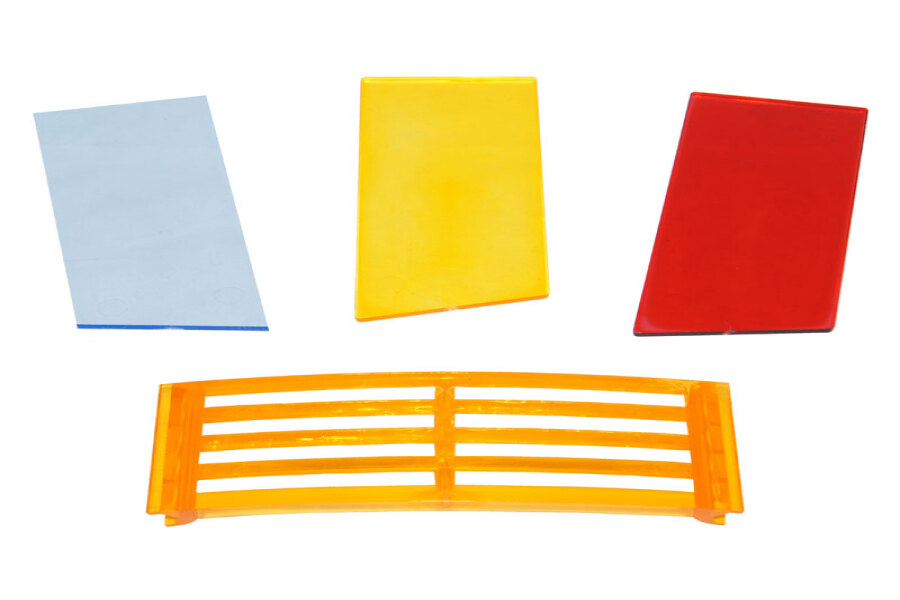 How to strengthen the protection of intellectual property rights for injection mold manufacturers
How to strengthen the protection of intellectual property rights for injection mold manufacturers
1. Register for Intellectual Property Rights: Injection mold manufacturers should register for intellectual property rights such as patents, trademarks, and copyrights to protect their products from being copied or stolen.
2. Use Non-Disclosure Agreements: Non-disclosure agreements should be used when sharing confidential information with third parties. This will help protect the injection mold manufacturer’s intellectual property from being shared without permission.
3. Monitor the Market: Injection mold manufacturers should monitor the market for any potential infringements of their intellectual property rights. If any infringements are found, they should take legal action to protect their rights.
4. Educate Employees: Injection mold manufacturers should educate their employees on the importance of protecting intellectual property rights. This will help ensure that employees are aware of the risks associated with sharing confidential information.
5. Invest in Security Measures: Injection mold manufacturers should invest in security measures such as encryption and firewalls to protect their intellectual property from being stolen or accessed without permission.
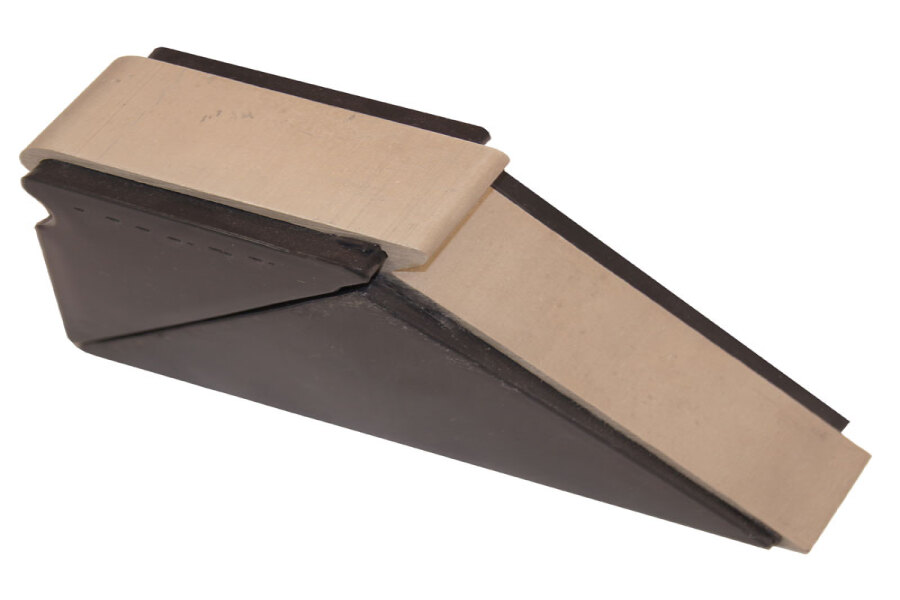
Overview of modern production technology of Chinese injection mold manufacturers
1. Advanced injection molding machines: Chinese injection mold manufacturers use advanced injection molding machines, such as Haitian, Yizumi, and LKM, to ensure the accuracy and stability of the injection molding process.
2. Advanced mold design software: Chinese injection mold manufacturers use advanced mold design software, such as UG, Pro/E, Solidworks, etc., to design molds with high precision and complex structure.
3. Advanced mold processing equipment: Chinese injection mold manufacturers use advanced CNC machining centers, EDM machines, wire cutting machines, etc., to ensure the accuracy and stability of the mold processing.
4. Advanced mold testing equipment: Chinese injection mold manufacturers use advanced mold testing equipment, such as CMM, projector, etc., to ensure the accuracy and stability of the mold testing.
5. Advanced injection molding technology: Chinese injection mold manufacturers use advanced injection molding technology, such as hot runner technology, gas-assisted injection molding technology, etc., to ensure the accuracy and stability of the injection molding process.
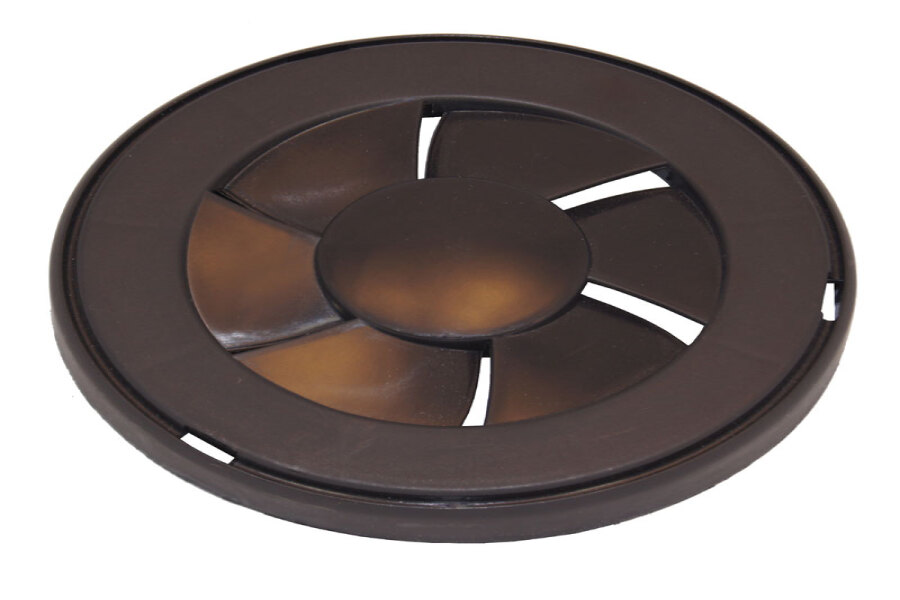
Injection mold manufacturers need to prepare for the implementation of the new economic model
1. Develop a comprehensive understanding of the new economic model and its implications for the injection molding industry.
2. Analyze the current market conditions and identify potential opportunities and risks associated with the new economic model.
3. Develop a strategy to capitalize on the opportunities and mitigate the risks associated with the new economic model.
4. Invest in new technologies and processes to increase efficiency and reduce costs.
5. Develop a comprehensive marketing strategy to promote the injection molding services and products.
6. Develop a customer service strategy to ensure customer satisfaction.
7. Develop a pricing strategy to remain competitive in the market.
8. Develop a quality assurance system to ensure the highest quality of products and services.
9. Develop a training program to ensure that employees are up-to-date with the latest technologies and processes.
10. Develop a plan to ensure compliance with all applicable laws and regulations.
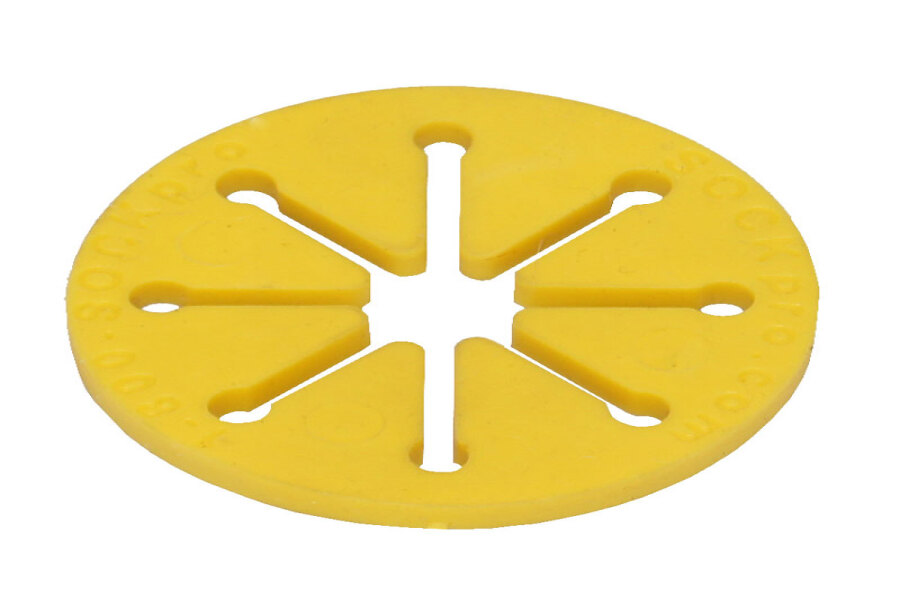
Injection mold manufacturers need to promote technological innovation
In order to remain competitive in the injection molding industry, injection mold manufacturers must continually invest in technological innovation. This includes investing in new machinery, software, and processes that can help them produce higher quality molds faster and more efficiently. Additionally, they should invest in research and development to stay ahead of the competition and create new products and services that meet customer needs. Finally, they should invest in training and education for their employees to ensure they are up-to-date on the latest technologies and processes.
How do injection mold manufacturers improve product quality
Injection mold manufacturers can improve product quality by:
1. Utilizing advanced mold design and manufacturing techniques.
2. Utilizing high-quality materials and components.
3. Utilizing advanced quality control processes and procedures.
4. Utilizing advanced injection molding machines and technologies.
5. Utilizing advanced post-molding processes and procedures.
6. Utilizing advanced inspection and testing processes and procedures.
7. Utilizing advanced packaging and shipping processes and procedures.
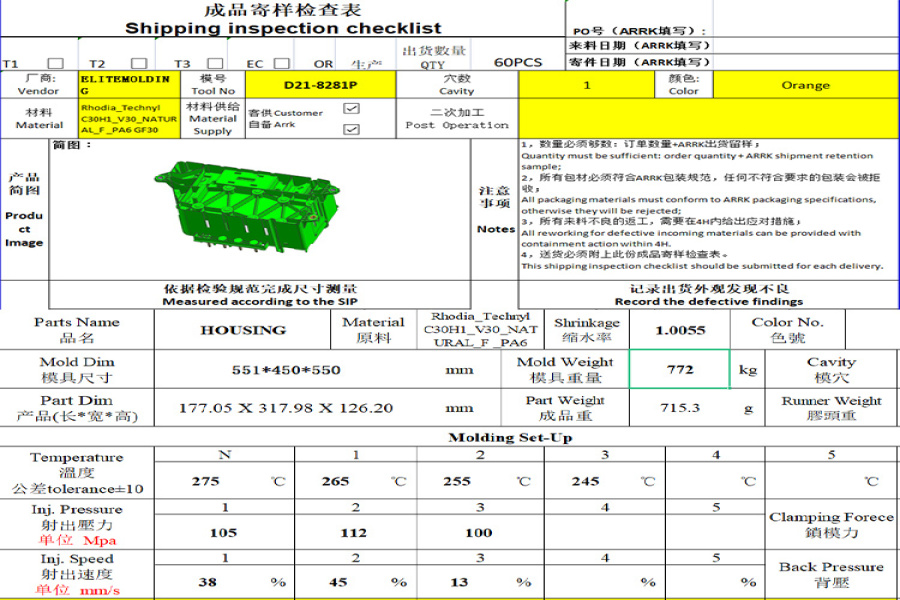
The production capacity of injection mold manufacturers depends on the efficiency of these equipment
and the number of machines they have. Generally, the more machines a manufacturer has, the higher the production capacity. The efficiency of the machines also plays a role in the production capacity. If the machines are well-maintained and running at optimal speeds, the production capacity will be higher. Additionally, the size of the molds and the complexity of the parts being produced can also affect the production capacity.
The production capacity of injection mold manufacturers depends on the experience of the following technicians
1. Toolmakers: Toolmakers are responsible for designing and constructing the molds used in injection molding. They must have a thorough understanding of the injection molding process and the materials used in the process.
2. Process Engineers: Process engineers are responsible for setting up and optimizing the injection molding process. They must have a thorough understanding of the injection molding process and the materials used in the process.
3. Quality Control Technicians: Quality control technicians are responsible for ensuring that the injection molded parts meet the customer's specifications. They must have a thorough understanding of the injection molding process and the materials used in the process.
4. Maintenance Technicians: Maintenance technicians are responsible for maintaining the injection molding machines and ensuring that they are running properly. They must have a thorough understanding of the injection molding process and the materials used in the process.
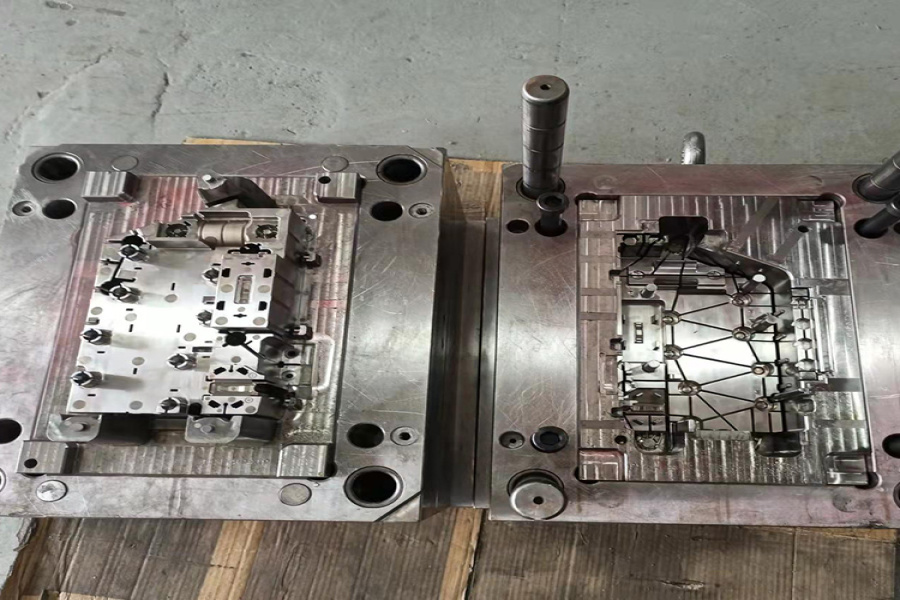
The latest production technology of injection mold manufacturers
Injection mold manufacturers use the latest production technology to produce high-quality injection molds. This includes the use of advanced CAD/CAM software, CNC machining, EDM machining, and 3D printing. CAD/CAM software is used to design the molds and CNC machining is used to cut the molds to the exact specifications. EDM machining is used to create intricate details and 3D printing is used to create complex shapes. The combination of these technologies allows injection mold manufacturers to produce molds with high precision and accuracy.
Injection mold manufacturer service and quality system
Mold Manufacturing Quality Control
Mold manufacturing quality control is a process that ensures that molds are manufactured to the highest standards of quality. Quality control involves inspecting the molds for any defects or inconsistencies, testing the molds for accuracy and performance, and ensuring that the molds meet the customer's specifications. Quality control also involves ensuring that the molds are manufactured in a safe and efficient manner, and that the materials used are of the highest quality. Quality control is essential for ensuring that the molds are able to produce parts that meet the customer's requirements.
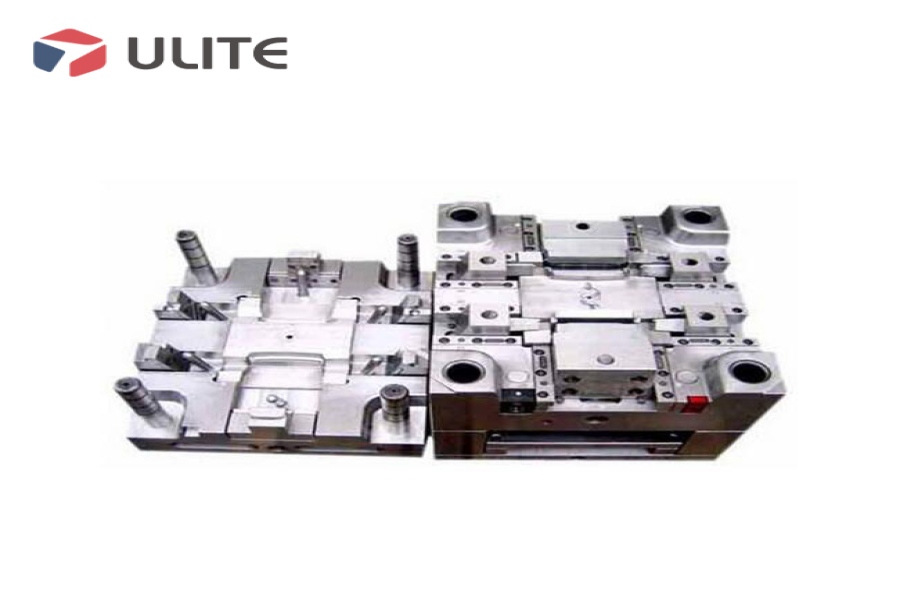
Mold price and quotation
The cost of a mold depends on a variety of factors, including the size and complexity of the part, the material used, the number of cavities, and the type of mold. Generally, the cost of a mold can range from a few thousand dollars to hundreds of thousands of dollars. To get an accurate quote, you will need to provide detailed information about the part and the mold to a mold manufacturer.
Mold customization service
We provide mold customization services for customers. We have a professional mold design and manufacturing team, and we can provide customers with professional mold design and manufacturing services according to their needs. We have a complete set of mold design and manufacturing process, and we can provide customers with high-quality molds.
We have a professional mold design and manufacturing team, and we can provide customers with professional mold design and manufacturing services according to their needs. We have a complete set of mold design and manufacturing process, and we can provide customers with high-quality molds. We have advanced mold processing equipment and experienced mold technicians, and we can provide customers with high-precision molds. We can also provide customers with one-stop services such as mold design, mold manufacturing, mold processing and mold testing.

Mold design and process plan
Mold design is the process of creating a 3D model of a mold that will be used to produce a part or product. The process plan is the plan for how the mold will be manufactured, including the materials, tools, and processes that will be used.
The first step in the mold design and process plan is to create a 3D model of the part or product that will be produced. This model should include all of the features and dimensions that will be needed to produce the part or product. Once the 3D model is complete, the mold designer will then create a mold design that will be used to produce the part or product. This design should include the necessary features and dimensions to ensure that the part or product is produced correctly.
The next step in the process plan is to determine the materials and tools that will be used to manufacture the mold. This includes the type of metal or plastic that will be used, the type of cutting tools that will be used, and any other tools or materials that will be needed. Once the materials and tools have been determined, the mold designer will then create a process plan that outlines the steps that will be taken to manufacture the mold. This plan should include the sequence of operations, the estimated time for each operation, and any safety precautions that should be taken.
Once the mold design and process plan have been completed, the mold designer will then create a prototype of the mold. This prototype will be used to test the mold design and process plan to ensure that the part or product will be produced correctly. After the prototype has been tested and approved, the mold designer will then create the final mold that will be used to produce the part or product.
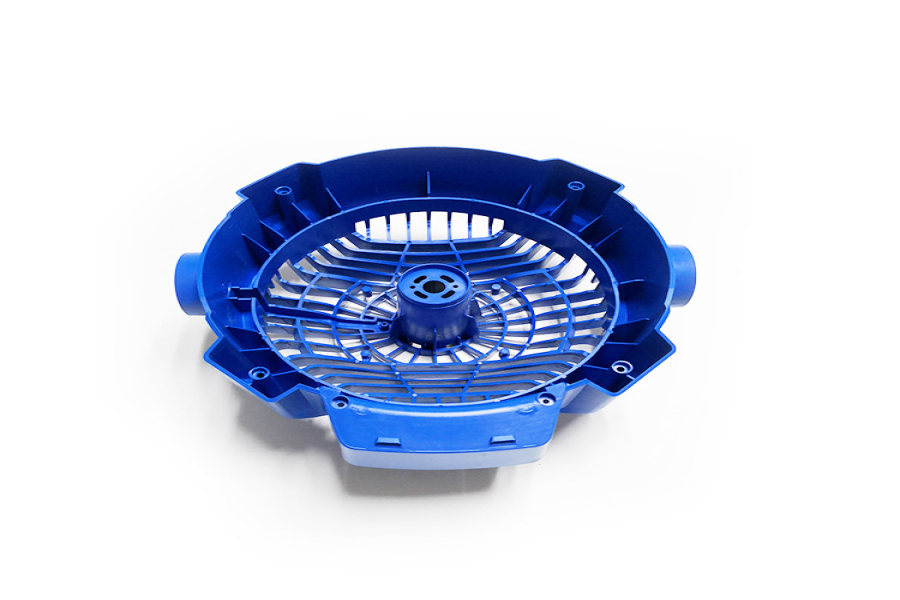
Mold surface treatment technology
Mold surface treatment technology is a process of improving the surface properties of a mold. It is used to improve the surface finish, wear resistance, corrosion resistance, and other properties of the mold. Common surface treatment technologies include electroplating, anodizing, painting, polishing, and sandblasting.
Mold fixture selection
Mold fixture selection is the process of selecting the right fixtures for a particular molding application. The selection of the right fixtures is critical to the success of the molding process. The fixtures must be able to securely hold the mold in place during the injection process, while also providing the necessary support and alignment for the mold components. The selection of the right fixtures also helps to ensure that the molding process is efficient and cost-effective. The selection of the right fixtures should be based on the specific requirements of the molding application, such as the size and shape of the mold, the type of material being molded, and the desired production rate.
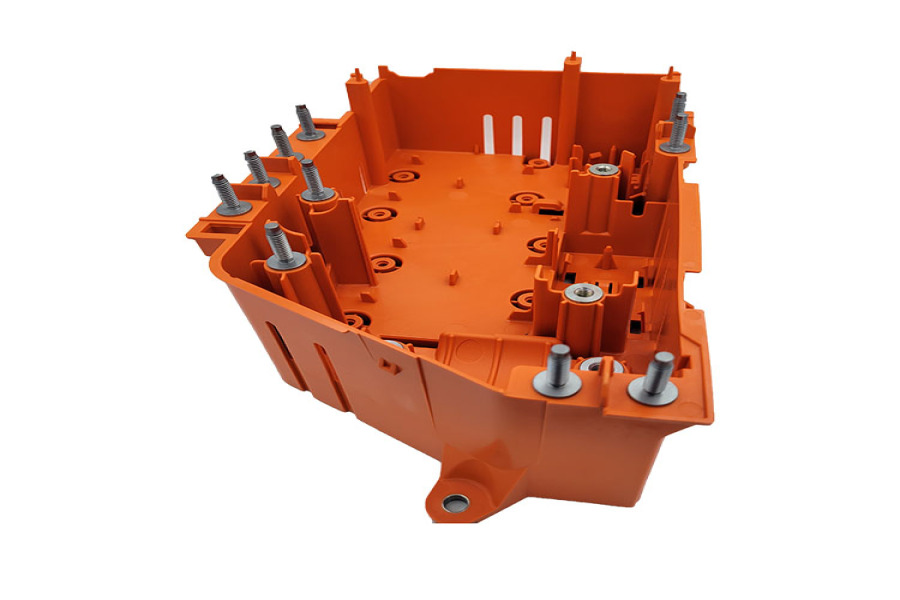
Mold Durability Test
Mold durability tests are used to determine the strength and durability of a mold. These tests are typically used to evaluate the performance of a mold in a production environment. The tests involve subjecting the mold to various environmental conditions, such as temperature, pressure, and humidity, to determine how well it can withstand these conditions. The tests also measure the mold's ability to maintain its shape and integrity over time. The results of these tests can help manufacturers determine the best materials and processes for producing a quality product.
Mold use and maintenance service
Mold use and maintenance services are available to help you maintain your molds and ensure that they are in good working condition. These services can include cleaning, lubrication, and inspection of the molds, as well as repairs and replacements of worn or damaged parts. They can also provide advice on how to best use and care for your molds to ensure that they last as long as possible.
Technical after services
Technical after services include providing technical support, troubleshooting, and maintenance services. This may include providing advice on how to use the product, fixing any technical issues, and providing updates and upgrades. Technical after services also involve providing customer service and responding to customer inquiries. Additionally, technical after services may include providing training and education on the product and its features.
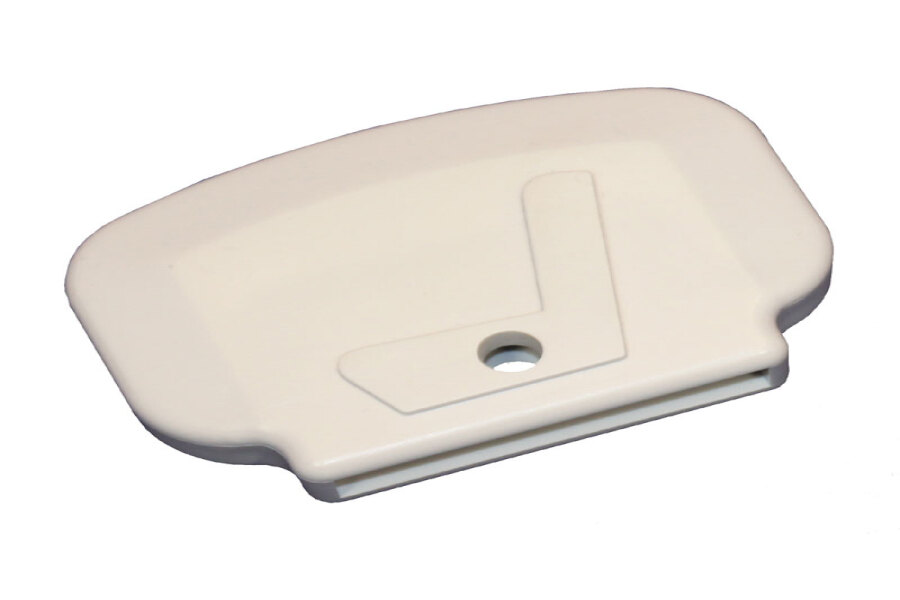
Mold scrap treatment plan
1. Establish a scrap tracking system: Track the amount of scrap generated, the type of scrap, and the source of the scrap.
2. Develop a scrap reduction plan: Identify areas where scrap can be reduced and develop a plan to reduce scrap.
3. Implement a scrap reuse program: Reuse scrap whenever possible to reduce waste and save money.
4. Establish a scrap disposal plan: Develop a plan for disposing of scrap that cannot be reused.
5. Educate employees: Educate employees on the importance of reducing scrap and proper scrap handling.
6. Monitor and review: Monitor and review the scrap tracking system and scrap reduction plan to ensure they are effective.
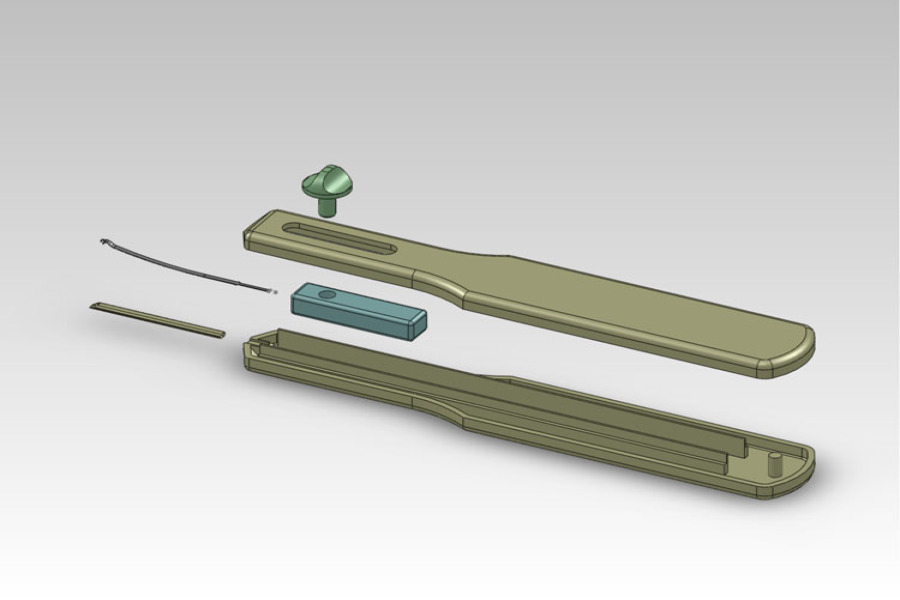
What is Injection Mold Design?
Injection mold design is the process of using injection molding process to manufacture parts of various complex shapes.
Injection mold design involves creating a 3D model of the part to be manufactured, designing the mold cavity, and determining the injection molding parameters. The design process also includes selecting the appropriate materials and determining the injection molding cycle time. The design process also includes creating a mold flow analysis to ensure that the part will be manufactured correctly. The design process also includes creating a molding simulation to ensure that the part will be manufactured correctly. Finally, the design process includes creating a molding report to ensure that the part will be manufactured correctly.
Injection mold design can well meet customer's design requirements, such as shape, precision and surface treatment.
Injection mold design includes the following steps:
1. Design of the product: The product design should be reasonable and meet the requirements of injection molding.
2. Mold structure design: According to the product design, the mold structure is designed, including the number of cavities, the size of the cavity, the size of the core, the size of the parting surface, the size of the gate, the size of the runner, the size of the cooling system, the size of the ejection system, etc.
3. Mold material selection: According to the product design, the mold material is selected, such as steel, aluminum, etc.
4. Mold manufacturing: According to the mold structure design, the mold is manufactured.
5. Mold debugging: After the mold is manufactured, it needs to be debugged to ensure that the mold can meet the requirements of injection molding.
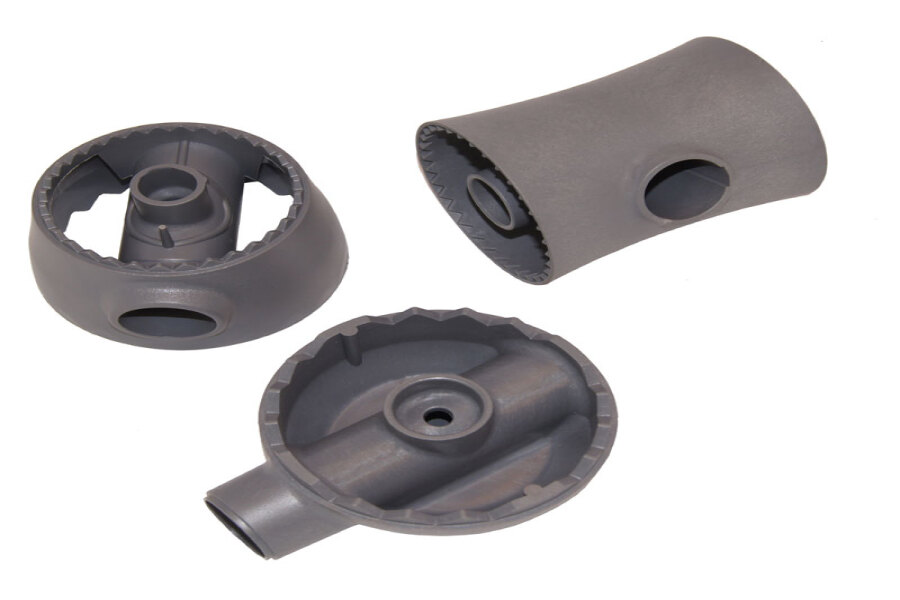
The design of the injection mold needs to take into account the production process of the mold and the structure of the mold.
The production process of the injection mold includes the design of the mold, the machining of the mold, the assembly of the mold, and the testing of the mold. The design of the mold should take into account the material of the mold, the size and shape of the part, the number of cavities, the type of injection molding machine, the type of plastic material, the injection pressure, the cooling system, and the ejection system.
The structure of the injection mold includes the core, the cavity, the sprue, the runner, the gate, the ejector pins, the cooling channels, and the venting channels. The core is the part of the mold that forms the shape of the part. The cavity is the part of the mold that forms the outside shape of the part. The sprue is the part of the mold that connects the cavity to the injection machine. The runner is the part of the mold that connects the sprue to the gate. The gate is the part of the mold that controls the flow of the plastic material into the cavity. The ejector pins are the part of the mold that ejects the part from the mold. The cooling channels are the part of the mold that cools the part after it is injected. The venting channels are the part of the mold that allows air to escape from the mold during the injection process.
In the process of injection mold design, the molding performance of the mold and the selection of materials should be considered.
The molding performance of the mold should be considered in the injection mold design process to ensure that the mold is able to produce parts with the desired shape, size, and surface finish. The selection of materials should also be considered to ensure that the mold is able to withstand the high temperatures and pressures of the injection molding process. The materials should also be chosen to ensure that the mold is durable and able to produce parts with the desired properties.
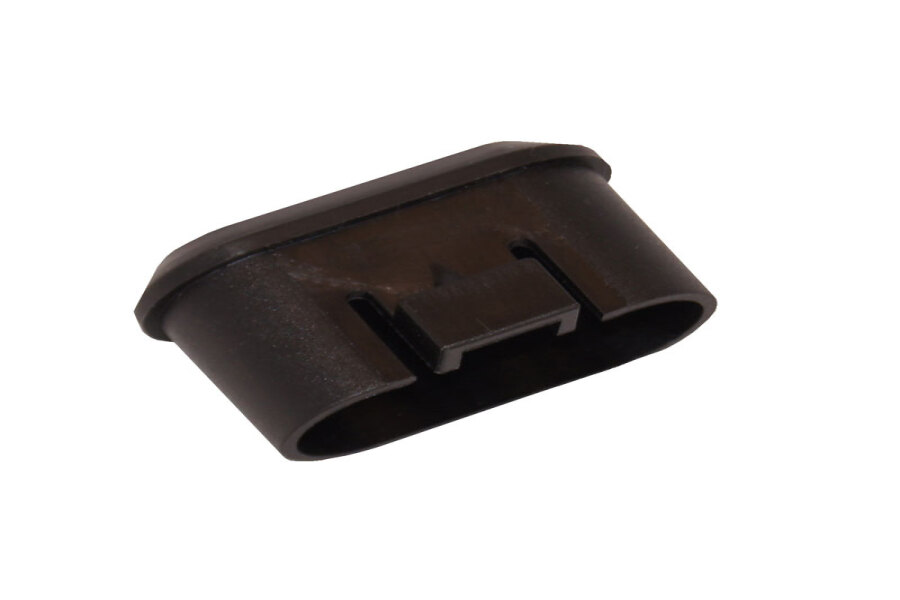
Injection mold design needs to consider the cooling of the mold and the determination of the mold size.
Injection mold design needs to consider the cooling of the mold and the determination of the mold size. The cooling of the mold is important to ensure that the plastic part is cooled quickly and evenly, and that the plastic part is not damaged due to uneven cooling. The mold size needs to be determined based on the size of the plastic part, the number of cavities, and the type of plastic being used. The mold size also needs to be determined based on the injection molding machine being used, as the size of the mold must fit the machine. Additionally, the mold needs to be designed to ensure that the plastic part is ejected from the mold without damage.
In the process of injection mold design, it is also necessary to consider the surface treatment of the mold and the size control of the mold.
Surface treatment of the mold is important to ensure that the finished product has a smooth and attractive finish. This can be done by polishing, sandblasting, or other methods.
Size control of the mold is important to ensure that the finished product is the correct size and shape. This can be done by using CAD software to design the mold and then using CNC machining to create the mold. This process ensures that the mold is accurate and consistent.
In the process of injection mold design, the reliability of the mold and the precision control of the mold also need to be considered.
In order to ensure the reliability of the mold, the mold should be designed with a reasonable structure, and the mold should be designed with a reasonable cooling system. The cooling system should be designed to ensure that the mold can be cooled evenly and quickly.
In order to ensure the precision control of the mold, the mold should be designed with a reasonable structure, and the mold should be designed with a reasonable parting line. The parting line should be designed to ensure that the mold can be opened and closed smoothly and accurately. In addition, the mold should be designed with a reasonable gate system, and the gate system should be designed to ensure that the molten plastic can be injected into the mold cavity accurately and evenly.
Injection mold design also needs to take into account the feasibility of the mold, as well as the manufacturability of the mold.
The design of an injection mold should consider the material of the part being molded, the size and shape of the part, the number of cavities, the type of injection molding machine, the type of injection molding process, the type of cooling system, the type of ejection system, the type of gate, the type of runner, the type of venting, the type of parting line, the type of surface finish, the type of mold release, the type of mold protection, the type of mold maintenance, the type of mold lubrication, the type of mold storage, and the type of mold inspection. Additionally, the design should consider the cost of the mold, the lead time for the mold, the expected life of the mold, and the safety of the mold.
International Top Ten Injection Mold Brands
Is there a wholesale underwear market in China?
Yes, there is a wholesale underwear market in China. The Yiwu International Trade City in Zhejiang Province is one of the largest wholesale underwear markets in China. It is home to over 10,000 underwear suppliers and manufacturers.
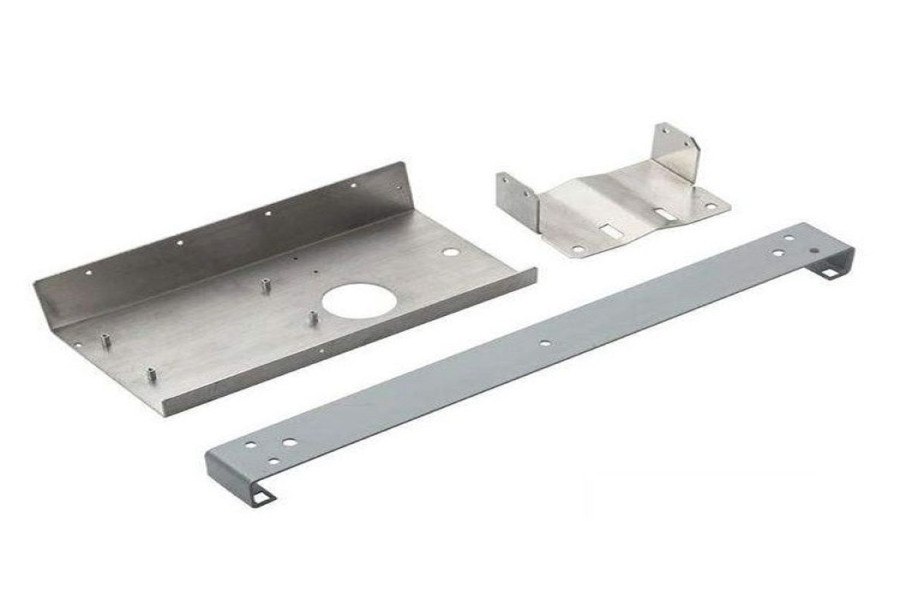 Analysis of Competitive Trends in China's Injection Mold Market
Analysis of Competitive Trends in China's Injection Mold Market
China's injection mold market is one of the most competitive markets in the world. It is estimated that there are over 10,000 injection mold manufacturers in China, and the competition is fierce. In order to stay competitive, manufacturers must be able to offer high-quality products at competitive prices.
The competitive trends in China's injection mold market can be divided into three main categories: cost, quality, and technology.
1. Cost: Cost is a major factor in the injection mold market. Chinese manufacturers are able to offer competitive prices due to their low labor costs and access to inexpensive raw materials. Additionally, Chinese manufacturers are able to produce molds quickly and efficiently, which helps to keep costs down.
2. Quality: Quality is also a major factor in the injection mold market. Chinese manufacturers are able to produce high-quality molds due to their advanced technology and experienced workforce. Additionally, Chinese manufacturers are able to produce molds with tight tolerances and precise details.
3. Technology: Technology is a key factor in the injection mold market. Chinese manufacturers are able to produce molds with advanced features such as multi-cavity molds, hot runner systems, and automated systems. Additionally, Chinese manufacturers are able to produce molds with complex geometries and intricate details.
Overall, the competitive trends in China's injection mold market are driven by cost, quality, and technology. Chinese manufacturers are able to offer competitive prices due to their low labor costs and access to inexpensive raw materials. Additionally, Chinese manufacturers are able to produce high-quality molds due to their advanced technology and experienced workforce. Finally, Chinese manufacturers are able to produce molds with advanced features such as multi-cavity molds, hot runner systems, and automated systems.
Our Certificates
By co-operating with Elite Mold, you have selected one of the most reliable ISO 9001 certified plastic mold manufacturer, Elite Mold as a plastic injection mold manufacturer specializing in plastic injection mold and supplying plastic injection molding services for plastic mold design, prototype makings, mold flow analysis, precise machining, OEM services, ODM services and so on, building custom plastic injection molding. We are committed to enhance the Process optimized and quality of service, shorten lead time and assist in lowering inventory, by providing new products every year to bring in continuous and higher profits for our clients. The ability to produce mold at the International standard, strong engineering and mold design capability, aggressive delivery, competitive pricing and business integrity continues to be the success factor of Elite Mold.






